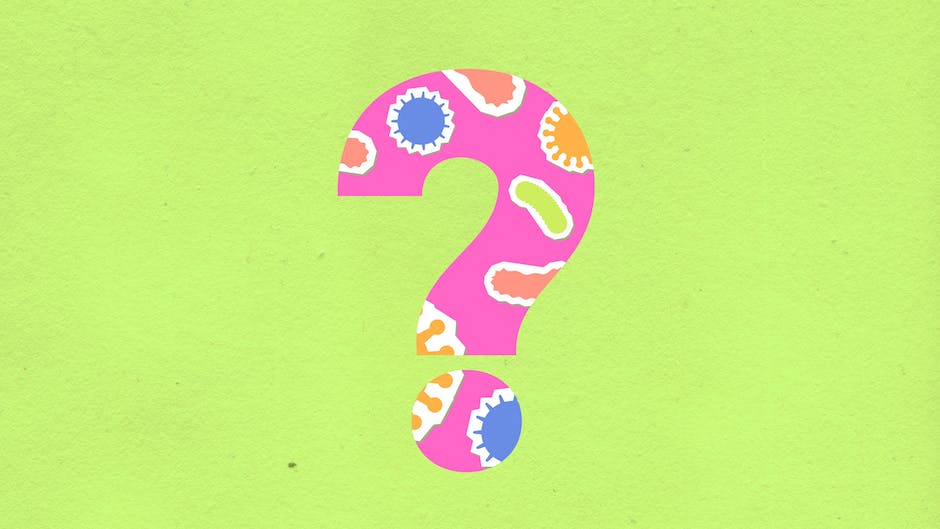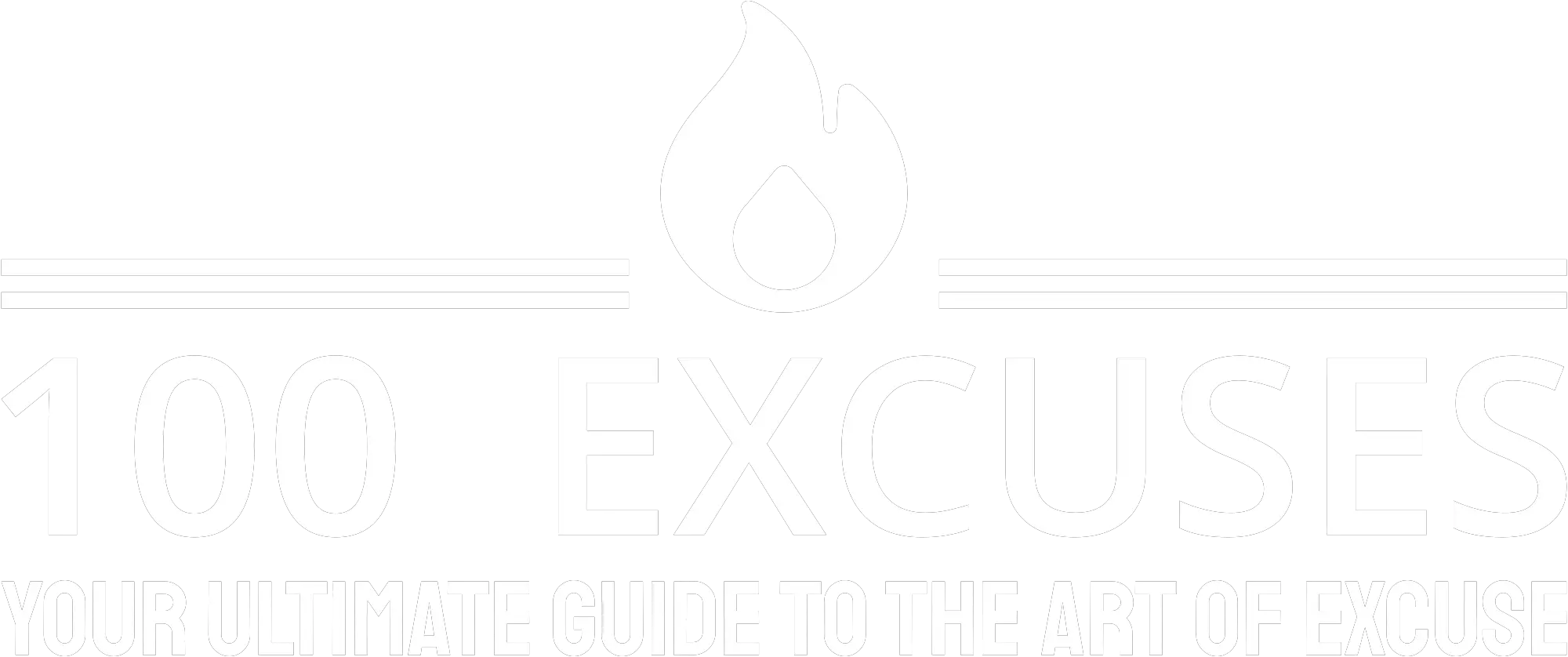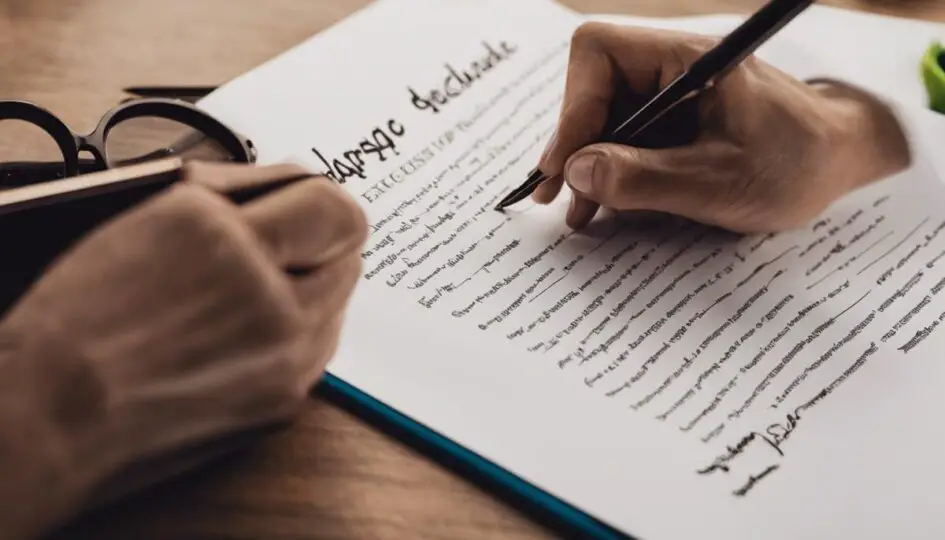It’s an age-old scenario: the classroom clock ticks steadily and the chairs fill with students, yet there’s always a desk or two that remains conspicuously vacant. With every minute that passes, educators brace themselves for the inevitable array of reasons that might follow the absences. Inside the minds of the absentees lies a blend of reality and imagination, the artful dance of crafting an excuse that walks the fine line between the ordinary and the extraordinary. As we delve into this intriguing interplay, it becomes evident that the most successful excuses are those rooted in plausibility, adorned with just enough creativity to stand out, yet tailored finely to resonate with the unique sensibilities of our audience — here lies the crux of excusing one’s absence with aplomb.
Understanding Plausible Excuses
Navigating the Waters of Academic Excuses: When Is It Really Okay to Ask for a Pass?
Picture this: a deadline is looming, and despite the best-laid plans, something unanticipated derails those intentions. It happens to the best of us—yes, even in academic settings where deadlines are as common as textbooks. But here’s the real question: when is an excuse not just a reason, but a valid one that won’t raise eyebrows or result in penalties?
Understanding what makes an excuse plausible and acceptable is an art form, but here’s the breakdown to keep in the toolbox for those rare, yet inevitable, occasions.
Criteria for a Plausible Excuse:
- Unpredictability: If the event could not be foreseen and was entirely out of one’s control, odds are it’ll hold water. This includes situations like a sudden illness or a family emergency.
- Verifiability: To avoid skepticism, the excuse needs evidence. A doctor’s note, a tow receipt, or an obituary can serve as proof, leaving no room for doubt about the circumstance.
- Timing: Giving a heads-up at the earliest possible moment shows responsibility. Waiting until the eleventh hour to mention why that paper can’t be turned in on time? Not a stellar move.
- Rarity: If the “dog ate my homework” tale becomes a monthly saga, credibility is lost. Keep those emergency cards for truly rare occasions to maintain integrity for when it’s needed most.
- Relevance: The reason given should be significant enough to actually impede the ability to complete the academic task. A flat tire could delay an exam appearance, but probably won’t affect an assignment due in a week’s time.
- Responsibility: Demonstrating efforts to mitigate the effects of the setback—such as sending partial work completed—goes a long way in proving sincerity.
Putting It Into Practice:
Now that the groundwork is laid out, let’s get tactical on how to navigate these situations:
- Clearly state the issue while respecting privacy boundaries. “I’m dealing with a health issue” can suffice without divulging an entire medical history.
- Skip the dramatics. Academics respect facts and brevity over an emotional saga. Stick to the essentials.
- Offer a solution or ask for options. Can the test be taken at a later date? Is there a chance to submit an assignment with a small penalty?
- Understand and accept potential consequences. Sometimes, regardless of the excuse’s validity, there are non-negotiable policies in place. It’s part of the learning experience.
In the end, remember that an excuse isn’t a ‘Get Out of Jail Free’ card, but rather a legitimate reason that warrants an exception to the usual expectations. Use it sparingly, back it up with evidence, and communicate transparently—and, most of all, keep pushing forward despite those hurdles. After all, the true test isn’t just in the coursework, but in how one handles the unpredictable waves life throws while navigating the academic seas.

Creativity in Excuse Crafting
Harnessing Creativity for Crafting Legitimate Excuses for Class Absence
Navigating the treacherous waters of absences in academic settings demands a delicate balance between innovation and authenticity. Juggling multiple classes, responsibilities, and unforeseen events can lead to scenarios where one’s presence in the classroom is impossible. When such circumstances arise, creativity emerges as a crucial ally in developing valid excuses that hold water. But how exactly does one wield this creative power responsibly? Let’s dive into the nuances of creative excuse-making that carries weight and maintains integrity.
First off, it’s imperative to recognize that creativity isn’t synonymous with fabrication. A strong justification for absence must be rooted in reality, with creativity playing the role of a strategist rather than a fabricator. Think of it as a framework – you’re designing a narrative that truthfully communicates the cause of your absence while being mindful of the class’s policies and expectations.
Integration of Personal Circumstances
A dash of personal touch goes a long way. Tapping into unique life situations can add layers to your excuse, showcasing genuine reasons while steering clear of overused or generic explanations. This involves articulating your specific scenario in a way that resonates with educators as not just another “dog ate my homework” story.
Tailoring the Excuse to Fit the Context
Just like a key opens a specific lock, your excuse must fit the academic context snugly. A well-crafted excuse accounts for the instructional environment, the subject matter at hand, and the nature of missed work. If creativity thrives in constraint, then molding your reason to these pre-existing frameworks is a testament to your problem-solving acumen.
Employing Anecdotes to Illustrate Impact
Sometimes, a story can convey what facts alone cannot. When done respectfully and appropriately, sharing a brief anecdote about the upheaval that led to your absence can lend credibility and depth. It’s not about dramatic flair but about painting a picture that is both relatable and evidential.
Incorporating Foresight and Initiative
Demonstrating initiative is inherently innovative. Transcend the mere act of reporting an absence by proactively proposing ways to catch up or make amends. Offering to attend a makeup session or submit extra work not only illustrates your commitment but also highlights your forward-thinking approach to problem-solving.
Aligning with Institutional Values
Understanding the core values and culture of the educational institution provides a strategic advantage. Align your reasoning with the school’s ethos, whether it be commitment to community service, emphasis on well-being, or the pursuit of academic excellence. By demonstrating that your excuse is in sync with these values, you’re fortifying its legitimacy.
Realness Over Originality
In the realm of believable excuses, authenticity trumps originality. Your creative energies are best invested in conveying truth in a compelling manner rather than concocting an elaborate yarn. An authentic account, even if it’s commonplace, bears more weight than a fantastical tale.
In conclusion, creatively inventing an excuse for missing class is a tightrope walk between originality and authenticity. It involves a thoughtful blend of personal narrative, contextual fitting, proactive solution-finding, and institutional alignment. The art of excuse-making is not in the invention of a tale but in the authentic and strategic portrayal of the truth. It’s a skill that, when honed, not only saves one from immediate academic predicaments but also enriches one’s knack for nuanced communication.

Knowing Your Audience
Crafting a Compelling Excuse: Insight for Student Success
Navigating the academic realm requires not only intellect but also an adept understanding of interpersonal relations – particularly when it comes to communicating setbacks to teachers or professors. There’s no one-size-fits-all excuse; it’s crucial to refine your approach because, let’s face it, life happens, and sometimes it collides with academic responsibilities.
Knowing your professor’s expectations is step one. Every educational maven has their threshold for what constitutes a legitimate reason for missing a deadline or class. Tapping into this understanding is like having an ace up your sleeve. For instance, if punctuality is the pinnacle of their teaching philosophy, ensuring your excuse reflects an understanding of this can be the difference between acceptance and denial.
Authenticity reigns supreme in the kingdom of excuses. Fabricated tales can be spotted a mile off and won’t do any favors for your credence. Stick to the truth – it’s simpler and maintains your integrity. Besides, most academic veterans have heard every story in the book; an honest, earnest approach is refreshing.
A touch of respect can go a long way. Communicating through appropriate channels, addressing your educator formally, and showing due respect for their time and the disruption caused, sets a tone of mutual respect. It’s about sending a message: you value their time and the learning opportunity.
Inclusivity is key. Your educator may propose alternatives that you hadn’t considered, offering a lifeline when you most need it. Being inclusive in your communication encourages a collaborative resolution – one that benefits your educational trajectory.
Remember, it’s not about crafting a silver-tongued narrative but about demonstrating genuine need and respect for the learning process. Make your excuse count, ensure it’s respectful, stay honest, and approach each speed bump on your academic journey as an opportunity to showcase your commitment to education.

Stepping away from the myriad of crafted justifications and the lecture halls left with empty echoes, it becomes clear that the world of excuse-making is as nuanced as it is necessary. Whether it is the common cold or an extraordinary event that catapults a student beyond the reach of the classroom, the subtlety of successfully navigating these moments lies in the interplay between plausibility and creativity, and an intimate understanding of the audience at hand. As students and educators continue this intricate dance, the dialogue surrounding absence excuses will persist as a testament to the human capacity for adaptation and storytelling within our educational tapestry.



Recent Comments